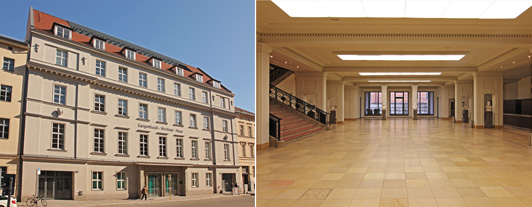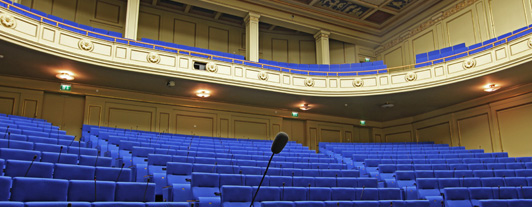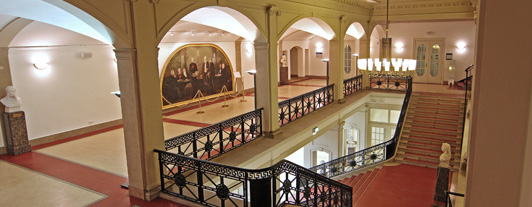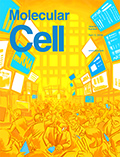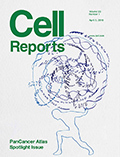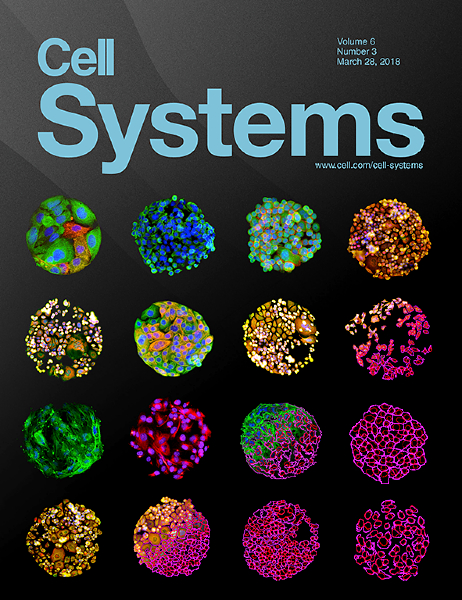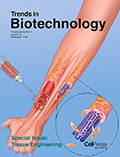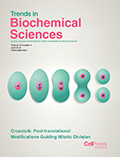Location
Photo credit: Langenbeck Virchow Haus
HISTORY
Langenbeck Virchow Haus is home to the Berlin Medical Association (BMG) and was first opened in August 1915. The BMG held its scientific meetings in the grand auditorium until 1945 when it was occupied by the Soviet military authority. The building was eventually appropriated by the government of the GDR and became a “property of the people”. Following the collapse of communism in East Germany, the BMG fought a lengthy legal battle to re-claim the building and this was eventually achieved in 2003. On October 1st 2005, the German Surgery Association and the Berlin Medical Association opened the newly restored Langenbeck-Virchow-Haus in Central Berlin.
The goal of the Berlin Medical Association and the German Surgery Association in building the Langenbeck-Virchow-Haus in 1913 was “to promote scientific efforts across the entire field of medicine, to build up a relationship of friendly cooperation among members and to safeguard the interests of the medical profession" as well as "to unite the surgical workforce in face of the constantly expanding scope of scientific endeavour, to facilitate the exchange of ideas through personal intercourse and to foster cooperative activity".
Since its reopening in 2005, the Langenbeck-Virchow-Haus can now once again fulfil this ambition, together with twenty professional associations, the Aesculap Academy with its training activities, and other medical partners. As a centre for medicine in Berlin, it should also act internationally to promote the ongoing training of medical professionals.
LOCATION
Langenbeck-Virchow-Haus is well located in the eastern side of Berlin, close to the main train station and within easy reach of Tegel international airport.
Arriving by airplane
From Tegel Airport take the TXL bus directly to the Langenbeck-Virchow-Haus.
Transfer times by taxi:
Tegel: approximately 20 minutes
Schönefeld: approximately 50-60 minutes
Arriving by train
From “Hauptbahnhof” (main station) travel by bus line 147 (direction Puschkinallee). Get off the bus at the stop “Luisenstraße/Charité”. Bus stops at entrance of the Langenbeck-Virchow-Haus.
Or from “Ostbahnhof” train station by train (S-Bahn ) to “Friedrichstraße” train station. From there take the bus line 147 (direction Hauptbahnhof). Get off at the bus stop “Luisenstraße/Charité”. Bus stops at entrance of the Langenbeck-Virchow-Haus.
Arriving by car
Route planners can calculate the best route for you to arrive with your vehicle at the Langenbeck-Virchow-Haus in Berlin from anywhere in Europe. Please note that the Langenbeck-Virchow-Haus does not have any parking facilities.
THINGS TO DO
BRANDENBERG GATE
Brandenburg Gate is Berlin's most famous landmark. A symbol of Berlin and German division during the Cold War, it is now a national symbol of peace and unity.
https://www.berlin.de/en/attractions-and-sights/3560266-3104052-brandenburg-gate.en.html
REICHSTAG
Close to the Brandenburg Gate, the Reichstag is one of Berlin's most famous historic landmarks with its imposing glass dome and immediately recognisable façade.
BERLIN WALL
Berlin was a divided city for nearly thirty years – a city with a wall running through its very heart. From 13 August 1961 until 9 November 1989, the Berlin Wall divided the city into East and West Berlin.
Today, all across the city you can find traces of the Wall, its remains and memorial sites – the East Side Gallery, the Berlin Wall Memorial in Bernauer Strasse, the Berlin-Hohenschönhausen Memorial, a former Stasi remand prison, and the green Mauerpark.
The route of the Berlin Wall is even marked along some of Berlin’s streets by a double row of cobblestones.
https://www.berlin.de/mauer/en/
CHECKPOINT CHARLIE
Checkpoint Charlie was the setting for many thrillers and spy novels, from James Bond in Octopussy to The Spy Who Came In From The Cold. Located on the corner of Friedrichstraße and Zimmerstraße, it is a reminder of the former border crossing, the Cold War and the partition of Berlin.
https://www.visitberlin.de/en/checkpoint-charlie
THE FERNSEHTURM
The Fernsehturm is a television tower in central Berlin, Germany. Close to Alexanderplatz in Berlin-Mitte, the tower was constructed between 1965-69 by the government of the German Democratic Republic. It was intended to be both a symbol of Communist power and of Berlin. It remains the latter today, as it is easily visible throughout the central and some suburban districts of Berlin. With its height of 368 metres it is the tallest structure in Germany, and the third-tallest structure in the Euro
https://tv-turm.de/en/homepage/
BERLIN CATHEDRAL
The history of the church on the island in the River Spree goes back to the fifteenth century, when the chapel of the new royal city palace was elevated to the status of a collegiate church.
https://www.visitberlin.de/en/berlin-cathedral
POTSDAMER PLATZ
Since reunification, what used to be a wasteland with the Berlin Wall running through it has become a completely new neighbourhood. It’s a must for anyone visiting Berlin, because there are restaurants, cinemas, theatres, shopping centres and modern architecture.
https://potsdamerplatz.de/en/
Tourist Office - https://www.visitberlin.de/en

